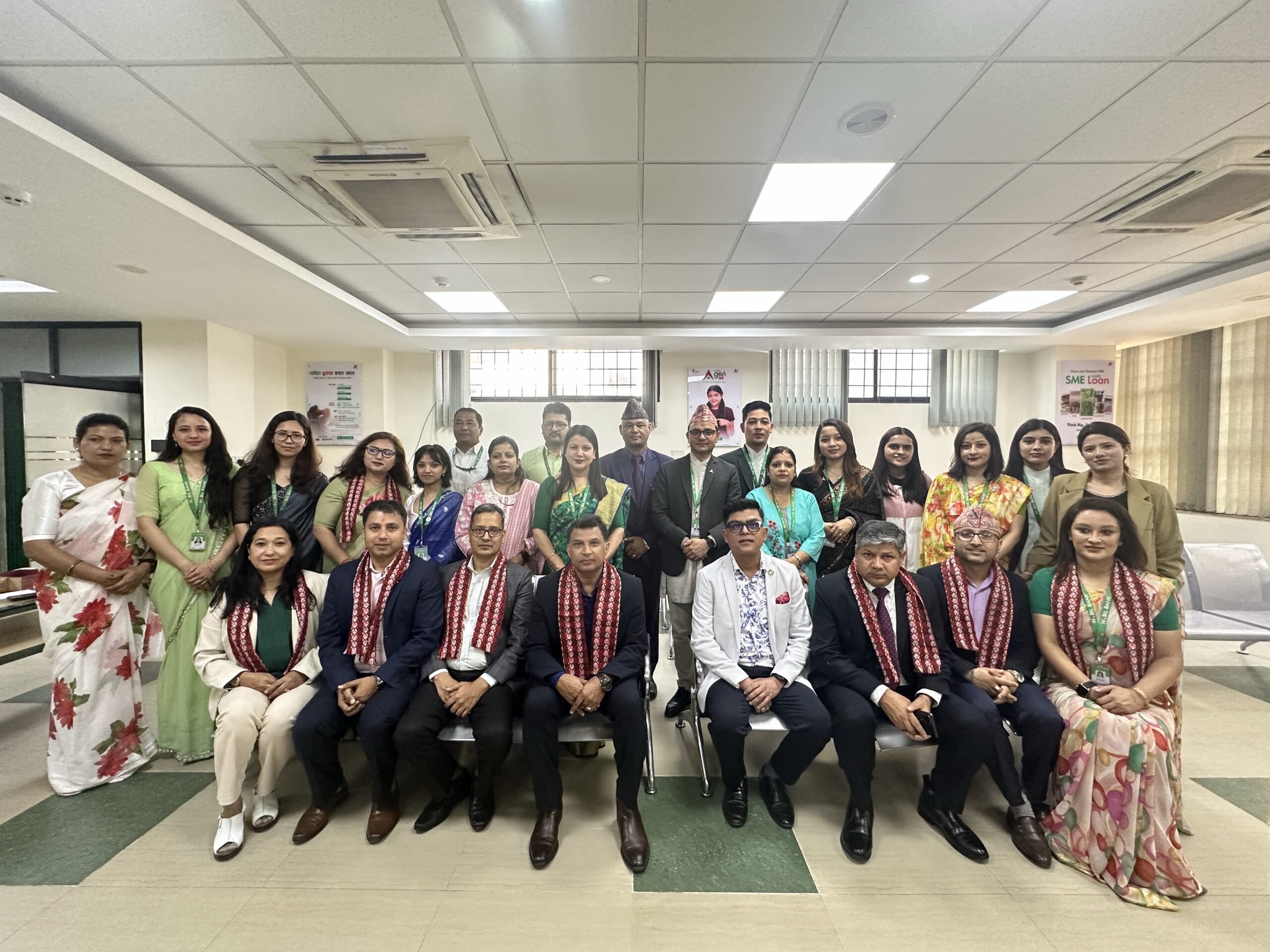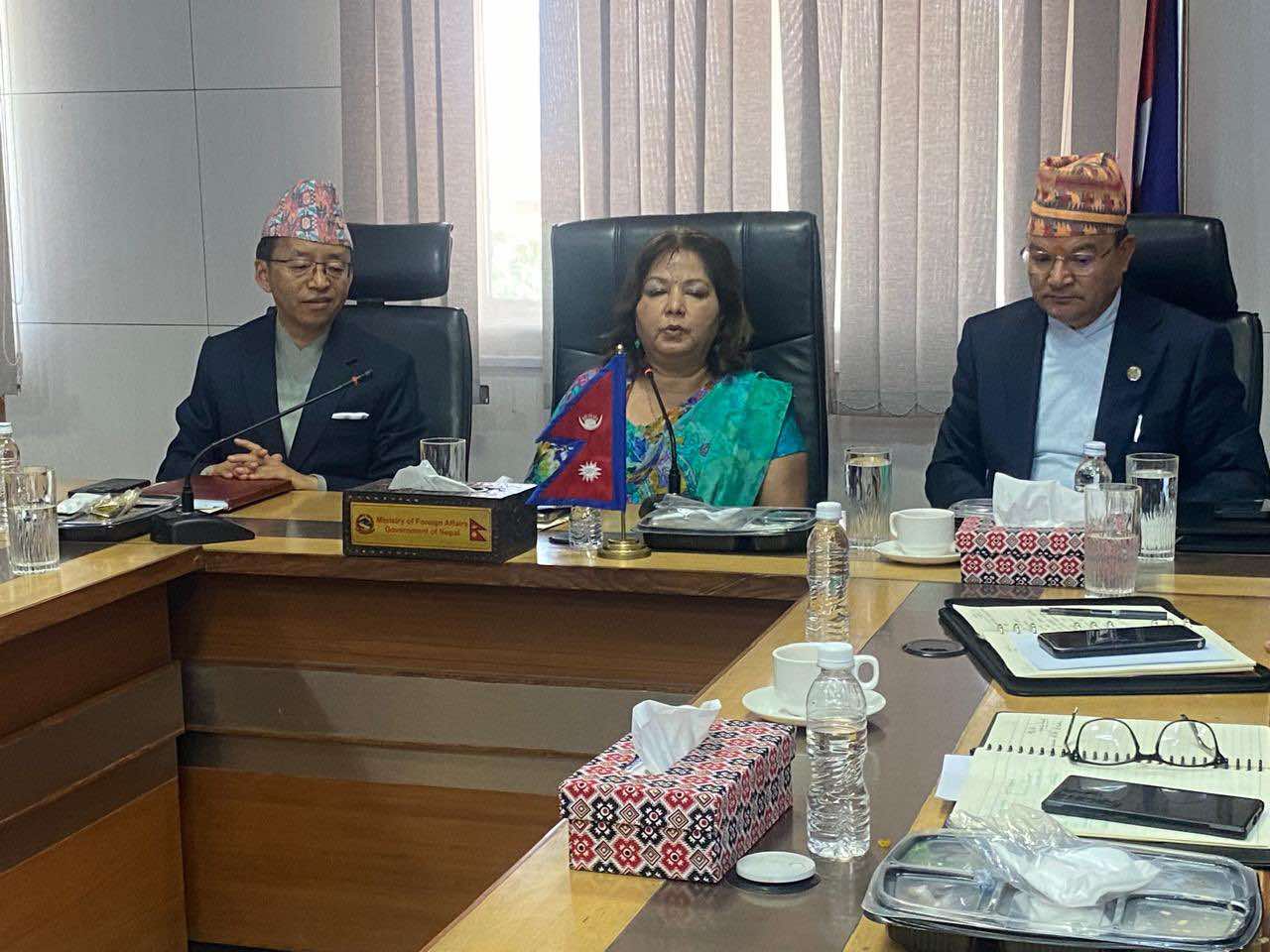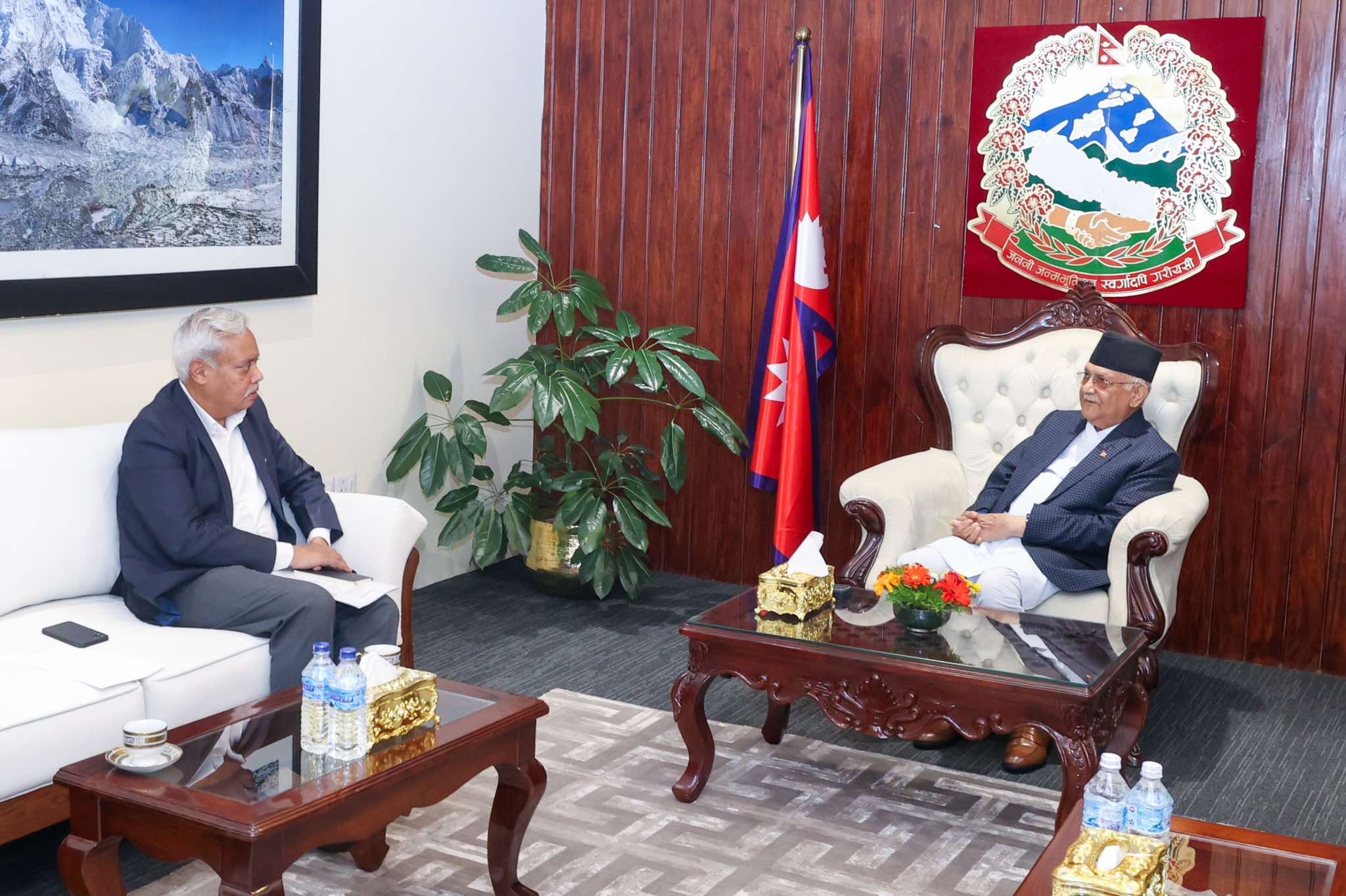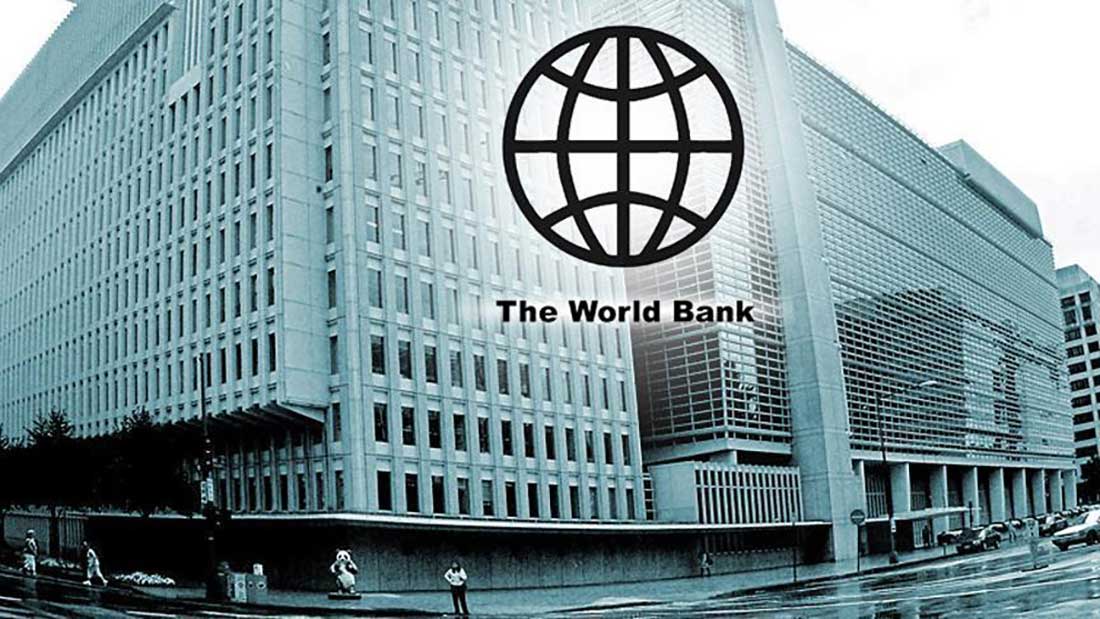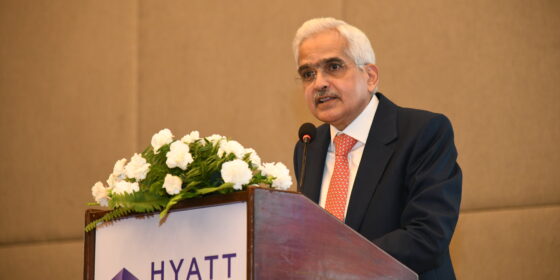
Kathmandu: Shri Shaktikanta Das, Governor of the Reserve Bank of India (RBI), delivered the inaugural Himalaya Shumsher Memorial Lecture at Nepal Rastra Bank (NRB) today, addressing the evolving role of central banking in the 21st century. The lecture, titled “Central Banking in the 21st Century: Changing Paradigm,” emphasized the critical shifts in monetary policies, economic stability, and financial systems in a rapidly changing global landscape.
Das praised NRB’s initiative to honor Shri Himalaya Shumsher Rana, Nepal’s first central bank governor, whose contributions laid the foundation of Nepal’s financial infrastructure and economic development. Highlighting the long-standing relationship between Nepal and India, Das noted that the two central banks share a close bond based on mutual cooperation.
Evolution of Central Banking
During his lecture, Das underscored the immense pressure central banks have faced over recent years, navigating through multiple global crises. From responding to the COVID-19 pandemic’s economic impact to fighting inflation, central banks have been at the forefront of safeguarding financial stability. He stated, “Many traditional central banking theories were tested, with some evolving to meet the new global realities.”
Reflecting on the established paradigm at the turn of the 20th century, Das highlighted three core principles of central banking: price stability as a central bank’s primary responsibility, the move towards rule-based policy frameworks like inflation targeting, and central bank independence in decision-making. He also stressed the need for transparency and accountability in monetary policy.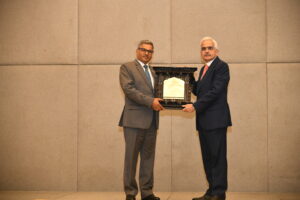
Challenges in the 21st Century
Das pointed to five key challenges central banks must confront in the coming decades:
- Climate Change: Das identified climate change as a systemic risk, emphasizing its potential impact on price stability, financial systems, and economic activity. Central banks, he suggested, must complement government efforts in addressing these risks.
- Geopolitical Tensions and Fragmentations: Continuing geopolitical conflicts and the fragmentation of global economies could introduce new economic shocks. Das urged central banks to remain vigilant and adaptable in navigating these uncertainties.
- Technological Advancements: The rapid technological transformation in financial services, including digital financial infrastructure (DFI), has created new opportunities for financial inclusion, as seen in India’s success in leveraging DFI during the pandemic.
- Fintech Innovations: Das highlighted the potential of fintech to reshape financial systems, calling on central banks to balance digital innovation with prudent oversight to maintain financial stability.
- Artificial Intelligence and Machine Learning (AI/ML): As AI/ML tools increasingly permeate financial services, central banks will need to manage data privacy, cyber security, and algorithmic bias to harness their potential while safeguarding the financial ecosystem.
Preparing for the Future
Concluding his lecture, Das emphasized the importance of central banks preparing for these evolving challenges. “The future financial landscape will be shaped by how well central banks manage the transition, harness the potential of technology, and respond to external shocks like climate change and geopolitics,” he said.
The Himalaya Shumsher Memorial Lecture series promises to become a platform for thought leadership on central banking and economic policy, offering insights that resonate beyond Nepal’s borders.



